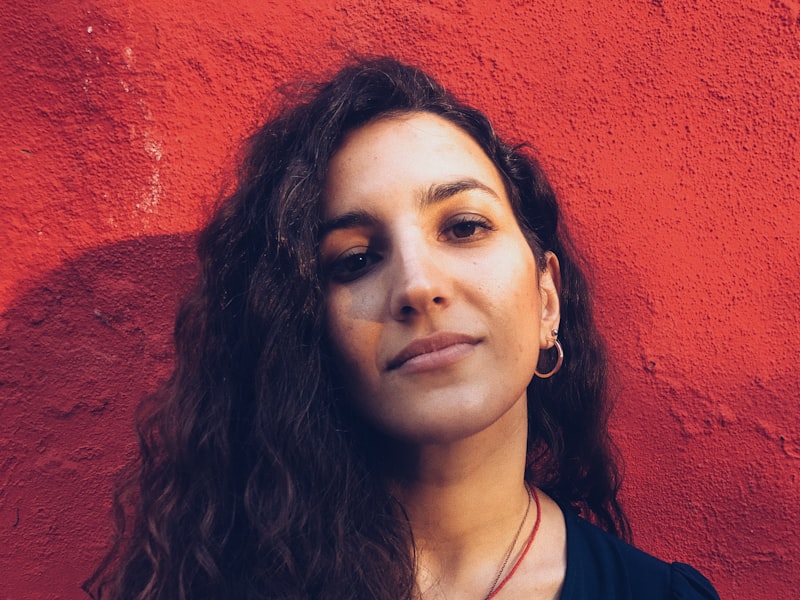Watsu - Oriental Medicine Meets Western Medicine

Watsu (Bie ) is the traditional Japanese method of measuring writing materials. Watsu is also used to describe the Japanese art and technique of writing using a pen or brush. The writing is done on a flat surface with sticks. It is known as "washi", or in Japan, "ink". If you wish to make an exact vertical line on a soft surface, then a stick is used, but it is known as "tsuba" in Japan.
Watsu is a Japanese term that means "writing using a stick" and is an example for "Mitsubishi", or "pool massage." "Mitsubishi" literally refers to "a straight shaft made of wood" while "pitch" refers to the stroke. You can employ standard or traditional massage strokes to perform a typical massage session. Or you can add or change the exercises or requests, for example, adding oils or focusing on different muscles. Many therapists who are familiarized with "mitsubishi sessions" will also be familiar in "watsu." "witzoba" is also a reference to this type of massage but it is not associated with "writing with the help of a stick."
There are numerous options for those who are interested in "writing with a stick." Massage "witzoba" therapies are usually practiced in gyms, relaxation pools and other similar places. You can make an appointment for "witzoba therapy" or you can do it yourself. You can learn from books or videos on how to make your own "witzoba therapy session. Special "witzoba” sticks can be purchased at specialty shops. These sticks aren't always the most comfortable for everyone because they are usually very dense and hard.
Watsu was originally developed as an Chinese medicine technique. As acupuncture gained more popularity and traditional Chinese medicine was researched, it became clear that the Acupressure points on the body were associated with specific body functions. A practitioner could apply constant pressure to these points in order to provide therapeutic benefits. A Japanese researcher named Takeda Sohn-ya aimed to apply the concept of energy to massage, and to make use of the wabi-saburo theory for treating various illnesses. He discovered that applying heat to a specific point on the body during acupressure treatments could cause an alteration in the energy or chi of the patient.

Chi is believed to be the primary reason for the phenomenon known as "altered states of consciousness," otherwise known as "psi." The energy level can be altered to create psychic experiences, different thinking or astonished insight into one's past. The practice of "chi" (or "watsu) was created by early Japanese practitioners. The ancient Chinese scientists translated wabi-saburo and realized that it had healing properties.
https://forums.marybaldwin.edu/members/e6xkgqd553/profile/ Combining watsu and traditional Chinese medicine It is now known as "moxibustion," which is the application of heat to the body to alter its physical state. Moxibustion has proven to be to be effective in treating acute injuries, depression, stress, cancer and diabetes, high blood pressure, kidney stones, and even arthritis. One study conducted by a major Japanese university found that patients who were suffering from rheumatoid arthritis were able lessen their pain through low-impact bodywork techniques, like relaxing massages in the pool. Another study carried out at the University of Tokyo showed that patients who regularly attended sessions of "chi" (chi for short) experienced significant improvements in joint pain and stiffness. Additionally, a study conducted in the Far East also indicates that regular watsu sessions can help reduce the symptoms of Parkinson's disease.
There are two types of watsu therapy that are frequently associated with it: dry and wet. A dry form of therapy is one that follows a specific therapy regimen geared towards relieving pain and easing the body. Although it is less intensive and more expensive than wet counterparts but it can produce better results. In the case of wet therapy, the patient is massaged by the bodywork basin that is specifically designed for. The purpose of the soak is to loosen tight muscles and relieve pressure. Both types of watsu are acceptable for rehabilitation purposes. However it is crucial to only employ licensed therapists to administer either form.
As we've already discussed that watsu can be incorporated with other therapeutic methods to maximize its effectiveness. In fact, this combination is more often than not the foundation of any complete treatment for any condition. For instance using low-impact bodywork mostly to relax and soothe muscles that are sore with acupuncture and herbal remedies may seem odd. However, studies have demonstrated that combining these two treatments have significantly improved conditions , including sciatica, degenerative joint diseases osteoarthritis, sciatica, and other muscle and joint disorders. The advantages of acupuncture and herbal treatments for conditions that are related to the lymphatic system such as chronic liver disease or chronic heavy metal poisoning are also significant. In conjunction with other treatments such as massage and other focused relaxation techniques using low-impact bodywork, acupuncture, herbal therapies and regular massages has proven quite useful for relieving a wide range of conditions.
